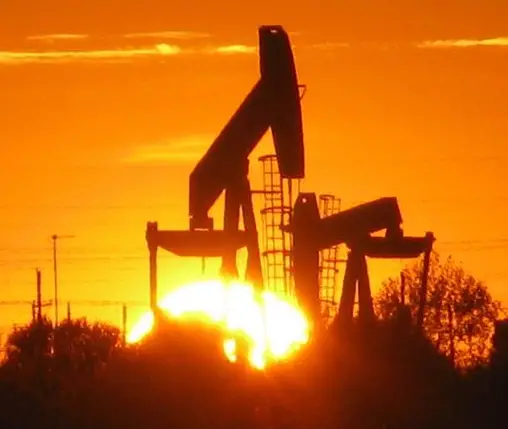Oil began the new quarter by inching higher off a surge of bets that the demand globally is running ahead of supply, due to a raft of production output cuts by oil-producing nations.
After surging 29% in the three months to September, in the largest third quarter gain in almost 20 years, West Texas Intermediate edge up to more than $91 per barrel. Risk assets like commodities may see trading volumes constrained on Monday by holidays in many Asia-Pacific nations, including both India and China.
Since the middle of June, oil has been rallying following production output cuts by members of the Organization of Petroleum Exporting Countries and allies, a ban on the export of diesel fuel and gasoline by Russia designed to stabilize its domestic market, as well as a collapse in the stockpiles of crude at the crucial hub in Cushing, Oklahoma. The addition of a robust demand has rekindled speculation that we may be about to see a return of $100 per barrel pricing.
Vandana Hari, founder of Singapore-based analysis firm Vanda Insights, said, “The latest wave of strong, upward momentum from supply worries was exhausted by the end of last week,” adding that oil will likely now enter a consolidation phase, as it awaits further cues.
In Abu Dhabi this week, the Adipec summit, the largest Middle Eastern energy conference, may offer some idea of what the crude market this quarter will look like. Scheduled speakers include the energy minister of the United Arab Emirates, Suhail Al Mazrouei, and the Secretary General of OPEC, Haitham Al-Ghais.
Many widely monitored metrics however indicate tighter conditions in the market. The prompt spread of WTI, the gap between the closest contracts, was close to $2 per barrel in backwardation, a bullish pattern indicating likely price increases. One month ago, the prompt spread was only 80 cents in backwardation.

